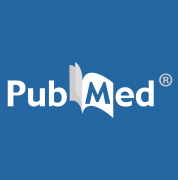

Dowager’s hump is described as excessive kyphotic curvature in the thoracic spine with a Cobb angle of more than 40 degrees. This case report presents a 61 years old female office clerk who experienced headaches and neck pain for 3 years that extended into her right shoulder and upper chest. She consulted her primary care physician two months before seeing the chiropractor when the neck pain worsened. A diagnosis of cervicalgia related to osteoarthritis was made based on cervical and thoracic X-ray findings. The patient received non-steroid anti-inflammatory drugs (celecoxib and etoricoxib) and stretching exercises at home. At the onset of chiropractic care, radiographs showed loss of cervical lordosis, narrowing at the C4-5, C5-C6, and C6-7 intervertebral disc space with marginal osteophytes. Based on these findings, a working diagnosis of cervicogenic headache was established. After treatment for 9 months, the patient showed improvement in symptoms and function from cervical curve radiographic change and dextro-convexity of the thoracic spine. Avoiding forward head flexion and maintaining correct posture in daily activities will be key mechanisms to prevent the reoccurrence of Dowager’s hump. The improvement of symptoms following chiropractic therapy has been shown to correlate with radiographic markers of spinal realignment.
